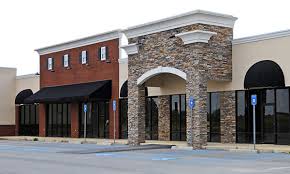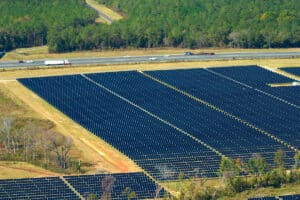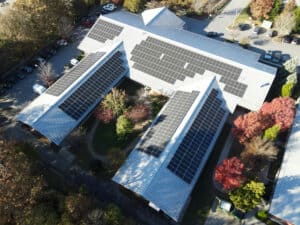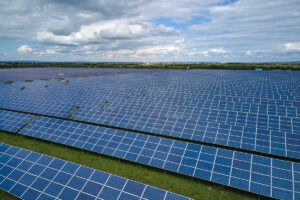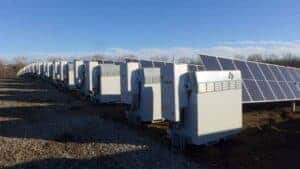Currently, energy costs for the retail industry reach near $20 billion per year.
What many don’t realize is that the industry itself has a potential to save 15 percent of that total, which equates to $3 billion, by identifying opportunities to use less energy.
Managing Energy
There’s a lot to consider when it comes to managing energy, especially in a retail industry situation.
It’s not always simple for larger regional and national retailers as they deal with the supply and demand portions of energy usage.
In fact, they face a number of challengers given that their business depends on appealing to customers.
This could be present when it comes to lighting, temperature, hours of operation and more situations.
With the energy market being as competitive as it is, there are many opportunities for retailers to improve how they purchase energy and manage their consumption.
Things to consider when ensuring that you have all of the bases covered to save on your retail energy costs are:
- Determining how to save energy and procure it intelligently
- Coordinating energy management from a geographic perspective
- Understanding demand charges and peak pricing while using them to your advantage
- Choosing the right partner for supply-side and demand-side energy management
Quick Fixes to Save
Many retail stores can benefit from quick low-cost/no-cost energy-saving solutions, such as turning things off, turning things down, and keeping up with cleaning and maintenance.
While turning things off seems simple, remember that for every 1,000 kWh you save by turning things off, you save $100, assuming an average electricity cost of 10 cents per kWh.
Turn off lights when they are not in use. Occupancy sensors and timers can help, but a less expensive alternative would be to develop a stand store-closing protocol for shutting off lights during closed hours.
Many stores have electronic displays that are left on even when the store is closed. Consider shutting off the displays during closed hours, either manually or with simple timers.
Many retail outlets keep their doors open on hot days, with the air conditioning running, as a way of attracting customers. However, that practice can increase air-conditioning costs significantly, and in some jurisdictions, it can leave retailers subject to fines. Alternatives to an open door posting a sign that says that it’s cool inside, or installing two sets of doors and leaving only the outer one open.
